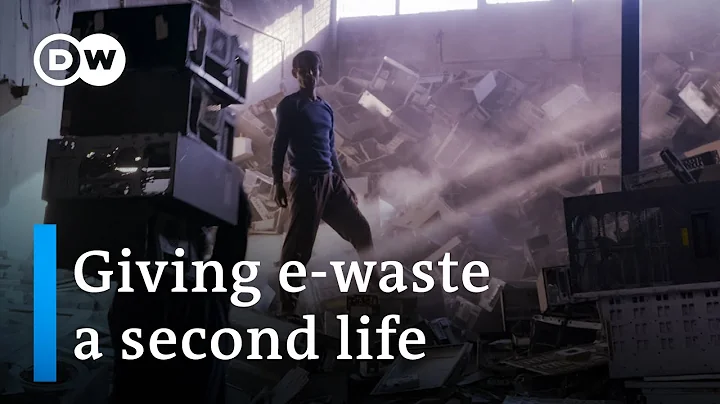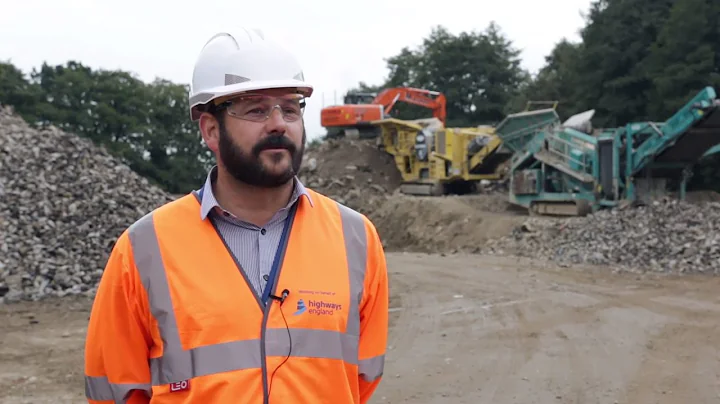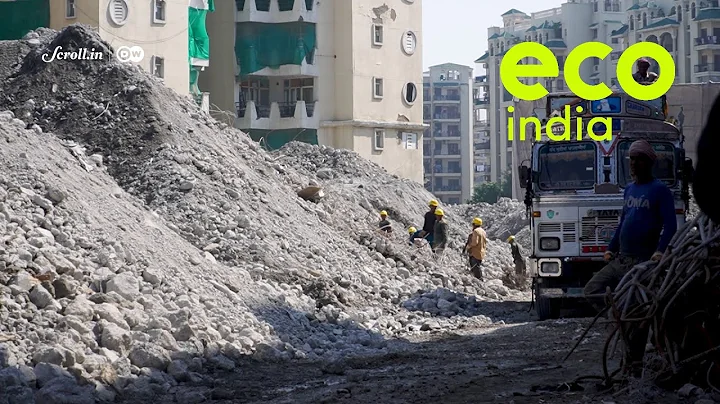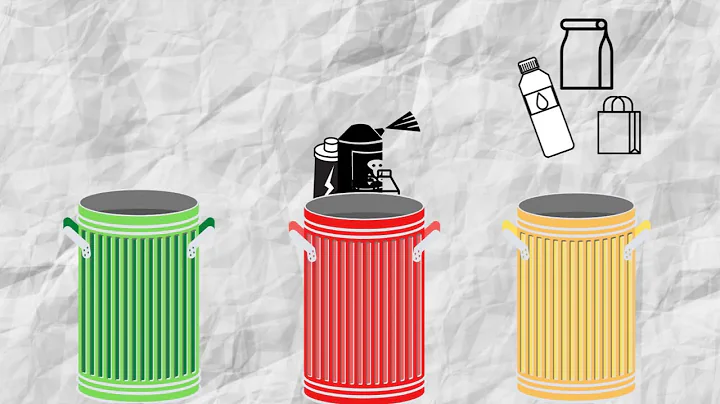Why do we need to recycle construction waste?
The number one reason for recycling construction waste is the positive impact it has on the environment. The construction industry can significantly reduce its carbon footprint by reducing the use of virgin resources. Producing fresh materials results in high losses to natural resources, in addition to wasting large amounts of energy during transportation, extraction and processing. In addition to this, producing new materials adds to the greenhouse effect in the environment, releasing pollutants into groundwater systems and the atmosphere.
On the other hand, recycling them all requires a small amount of energy while avoiding landfills. In addition, using recycled materials also saves construction companies a lot of money.

What can be recycled? 7 types of construction waste
1. Concrete
consists of a mixture of cement slurry and aggregate, covering the surface of fine and coarse aggregate, and then the mixture is formed into a rock-like substance, which can be used as a substitute for other natural stone materials. Crushed cement is a common alternative to building stone used in road and building construction.
2.Wood
Building products made from wood include dimensional lumber, engineered wood products, plywood, oriented strand board (OSB), fiberboard, posts and utility poles. Most homes typically use several types of wood products, so it is one of the primary building materials. While most wood products are ultimately recycled for use as fuel in power plants or landscape mulch, few wood components can be recycled prior to demolition for reuse in construction projects. In a few cases, recycled wood is used in facilities that produce new wood products such as particleboard .
3. Bricks
Bricks and stones are one of the oldest and most traditional building materials and are trusted by most people. Recycled bricks can be the perfect building material for many projects. Old, reused bricks provide a weathered look that is nearly impossible to achieve artificially. Therefore, recycled bricks are in high demand wherever an antique and distressed look is desired. Apart from this, recycled bricks are also used in new builds, remodels, small building projects, fireplaces, walls or borders. Recycled bricks can also be used when building walkways, landscaping projects, patios, or creating art projects. Additionally, if bricks are in extremely poor shape but still have a life of recycling, they can be broken down into aggregate that can be made into new bricks.

4. Gypsum drywall
Drywall is a construction product manufactured in the form of panels for use on interior wall and ceiling surfaces of buildings, and mainly consists of gypsum and paper surfaces and backings. Scrapped drywall can be used to make new drywall. Additionally, since gypsum is an ingredient in the production of Portland cement, cement plants can use recycled drywall. Finally, gypsum has been used by many crops as a source of sulfur and calcium. Recyclers can use the gypsum dust produced from crushed drywall to create specialty produce.
5. Metal
Construction and demolition will encounter many building materials made of metal. Typically, such materials include flashing , structural supports, sliding systems, and steel used in plumbing and electrical installations. Steel and metal construction demolition materials become the target of many contractors, primarily because of their value. If the metal is mixed with other debris, construction demolition recycling uses magnets and similar equipment to extract this valuable resource.

6, asphalt shingles
Sources for recycled asphalt shingles include scrap from shingle manufacturers and materials from roofing jobs. Asphalt shingles can be easily reused in the manufacture of new asphalt pavements. It is becoming increasingly common for shingles to be recycled instead of being sent to landfills. Shingle recycling is the process of removing asphalt shingles from roofs and collecting them to reuse in other products, ensuring the material does not end up in a landfill.
7. And more
Here are some other construction wastes important for recycling:
- Cardboard and paper
- Plastics
- Gravel , aggregates and fines
- Window glass
- Construction salvage materials
- Electrical wiring
final thoughts
follow As the amount of construction waste continues to rise, the "reduce, reuse and recycle" policy is a necessary condition to control the amount of construction waste generated. We hope that as awareness of waste recycling and management increases, we can make efforts to recycle waste responsibly. The most important thing is to follow the typical hierarchy: avoid - eliminate - reduce - reuse - recycle - treat - and - dispose.





















